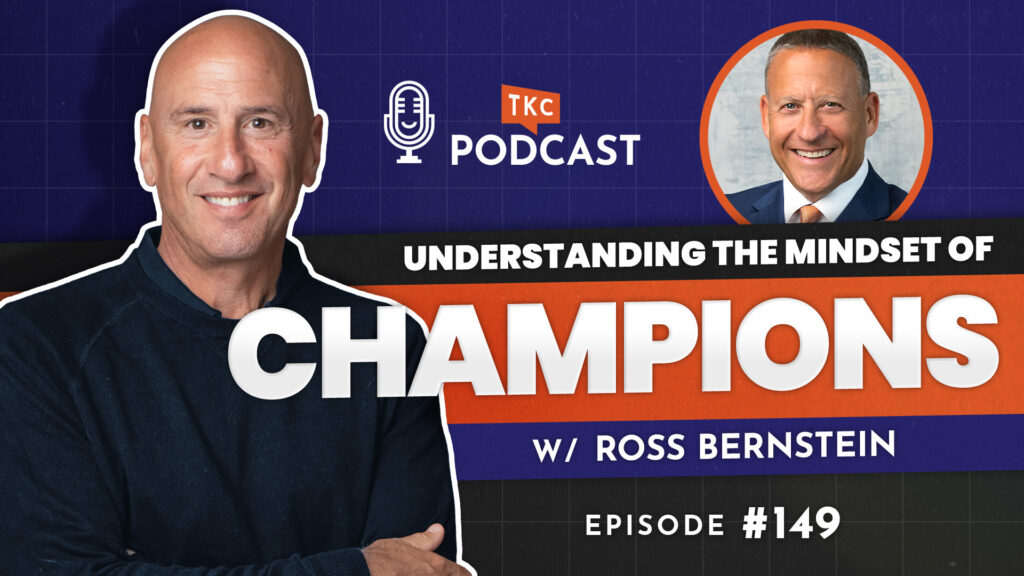- The Keynote Curators - Top Speaker Agency in North America
Gale L. Pooley is an associate professor of business management at Brigham Young University-Hawaii. He has taught economics and statistics at Alfaisal University in Riyadh, Saudi Arabia, Brigham Young University-Idaho, Boise State University, and the College of Idaho.
Dr. Pooley earned his BBA in Economics at Boise State University. He did graduate work at Montana State University and completed his PhD at the University of Idaho. His dissertation topic was on the Knowledge Acquisition Preferences of the CEOs of the Inc. 500.
In 1986 he founded Analytix Group, a real estate valuation and consulting firm. The Analytix Group has performed over 5,000 appraisals in the U.S. and Saudi Arabia. Dr. Pooley has held professional designations from the Appraisal Institute, the Royal Institute of Chartered Surveyors, and the CCIM Institute.
He has published articles in Forbes, National Review, HumanProgress, The American Spectator, FEE, the Utah Bar Journal, the Appraisal Journal, Quillette, and RealClearMarkets.
Dr. Pooley is a Senior Fellow with the Discovery Institute and serves on the board of HumanProgress.org. He also serves on the Foundation for Economic Education Faculty Network and is a Scholar with Hawaii’s Grassroot Institute. He is also a member of the Mont Pelerin Society. He has presented at FreedomFest and the COSM Technology conference.
His major research activity has been the Simon Abundance Index, which he co-authored with Dr. Marian Tupy.
Hi book, Superabundance, explores the story of population growth, innovation, and human flourishing on what Dr. Pooley calls an “infinitely bountiful planet.” Generations of people have been taught that population growth makes resources scarcer. In 2021, for example, one widely publicized report argued that “The world’s rapidly growing population is consuming the planet’s natural resources at an alarming rate . . . the world currently needs 1.6 Earths to satisfy the demand for natural resources … [a figure that] could rise to 2 planets by 2030.” But is that true?
After analyzing the prices of hundreds of commodities, goods, and services spanning two centuries, Marian Tupy and Gale Pooley found that resources became more abundant as the population grew. That was especially true when they looked at “time prices,” which represent the length of time that people must work to buy something.
To their surprise, the authors also found that resource abundance increased faster than the population―a relationship that they call superabundance. On average, every additional human being created more value than he or she consumed. This relationship between population growth and abundance is deeply counterintuitive, yet it is true.

2026 event planning starts now: discover the keynote speakers and themes that transform audiences through AI ethics, psychological safety, and leadership.
Read More
Stop second-guessing your audience's reactions. Learn how veteran emcee Scott Bloom reads rooms without losing confidence during live events.
Read More
One powerful question changed how keynote speaker John O'Leary chose to live his life. Discover the victim-or-victor framework that works for any challenge.
Read More
Learn how champions think differently and build winning habits that transform teams from talented to unstoppable with peak performance speaker Ross Bernstein.
Read More
Learn 7 powerful year-end lessons from top keynote speakers to transform your event planning strategy and personal growth in 2026.
Read More
Learn with Scott Bloom why smart event planners invest in professional emcees instead of expensive keynotes to create unforgettable multi-day event experiences.
Read More